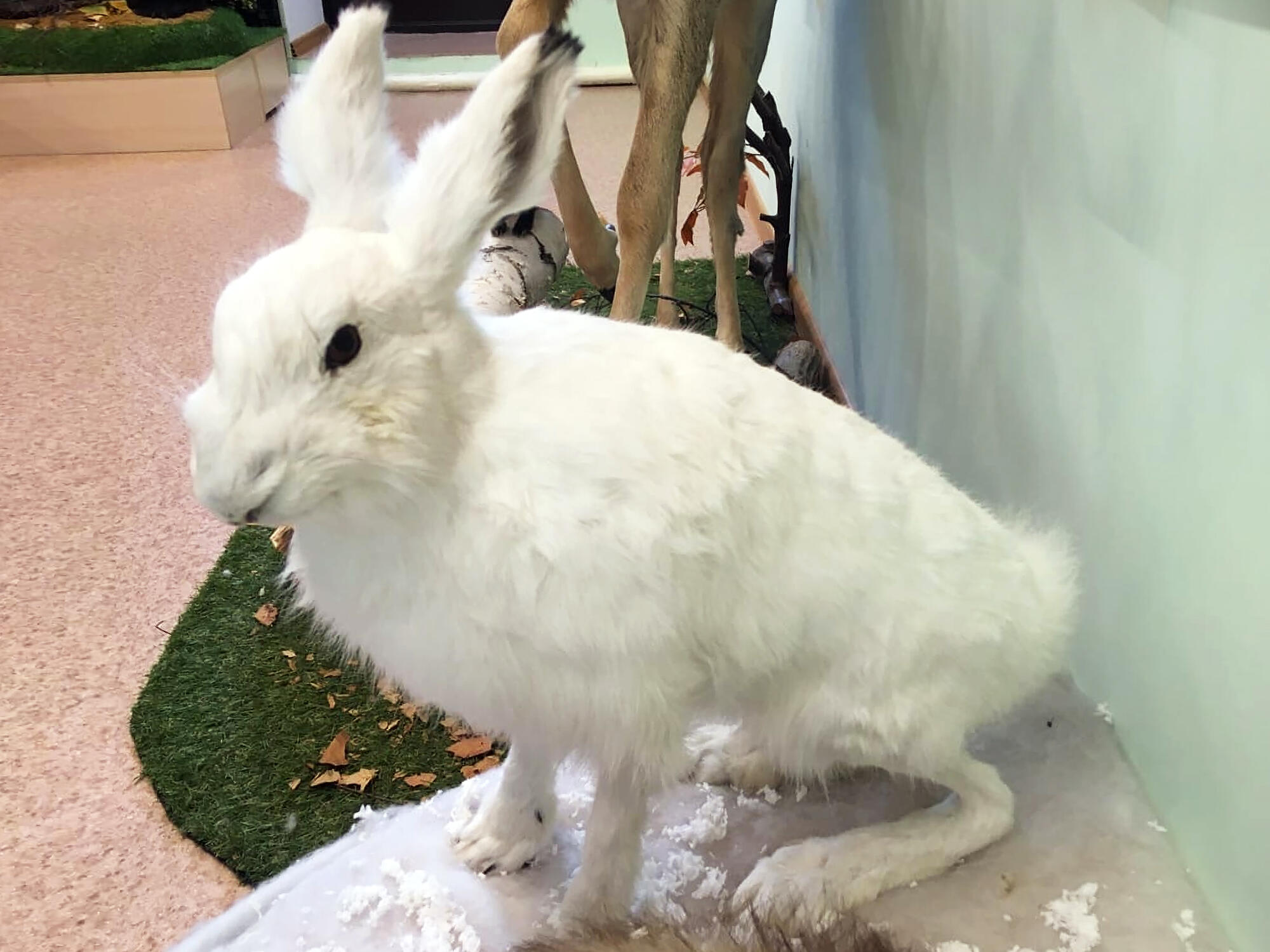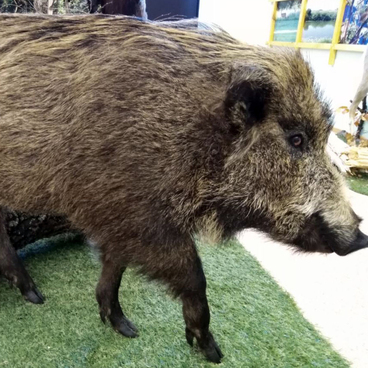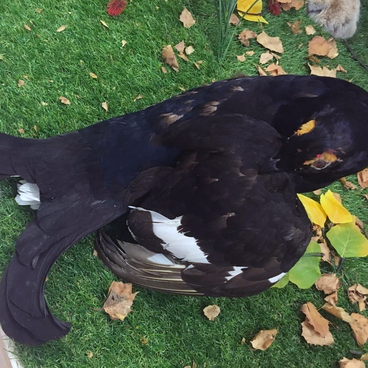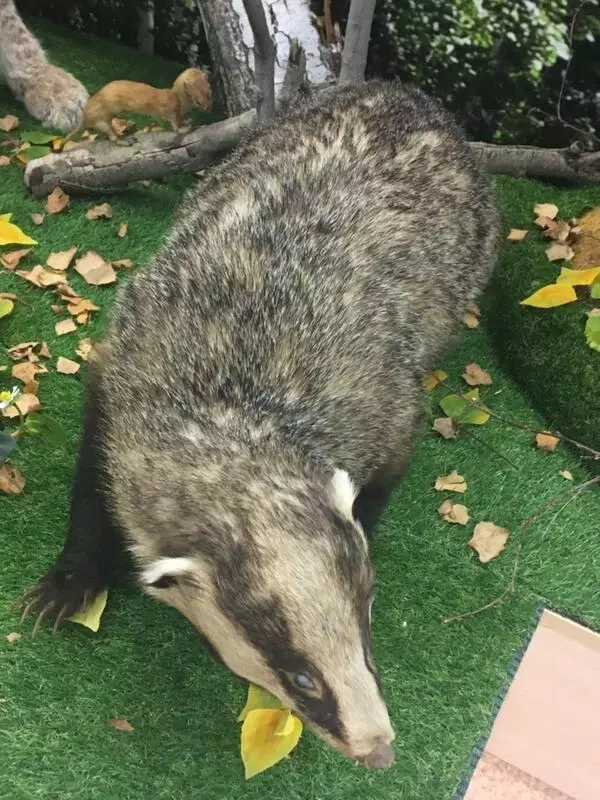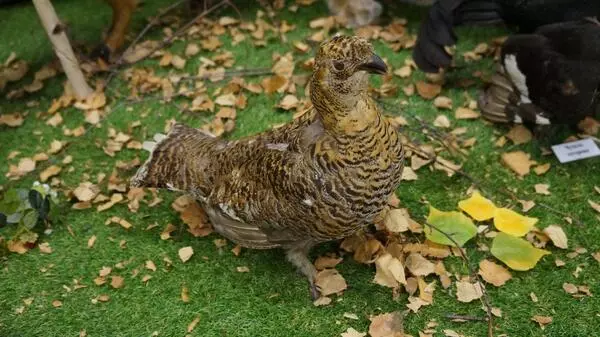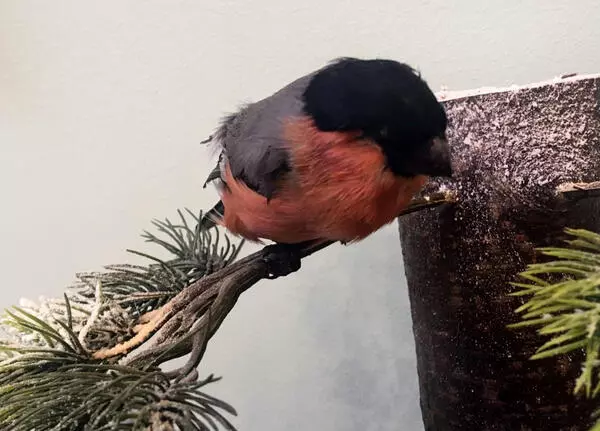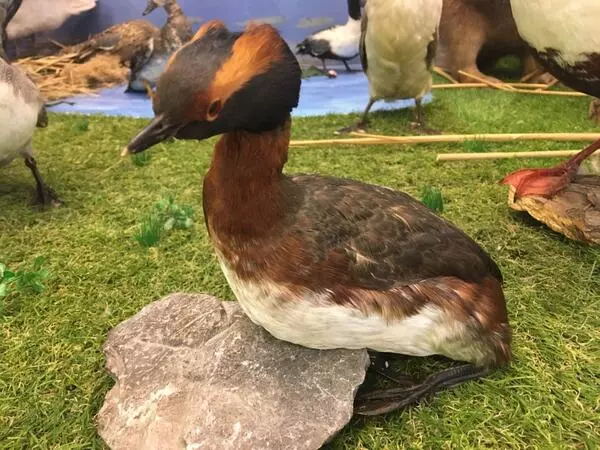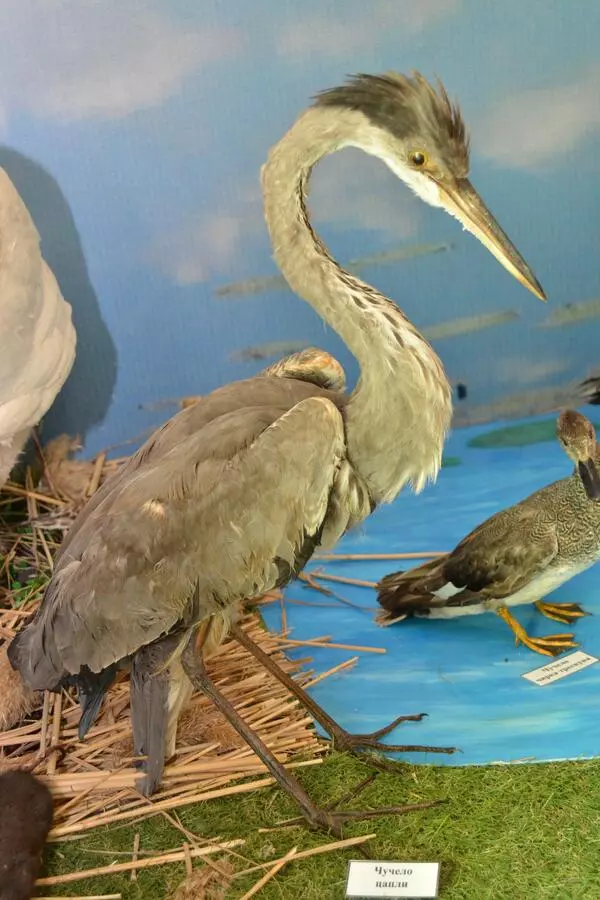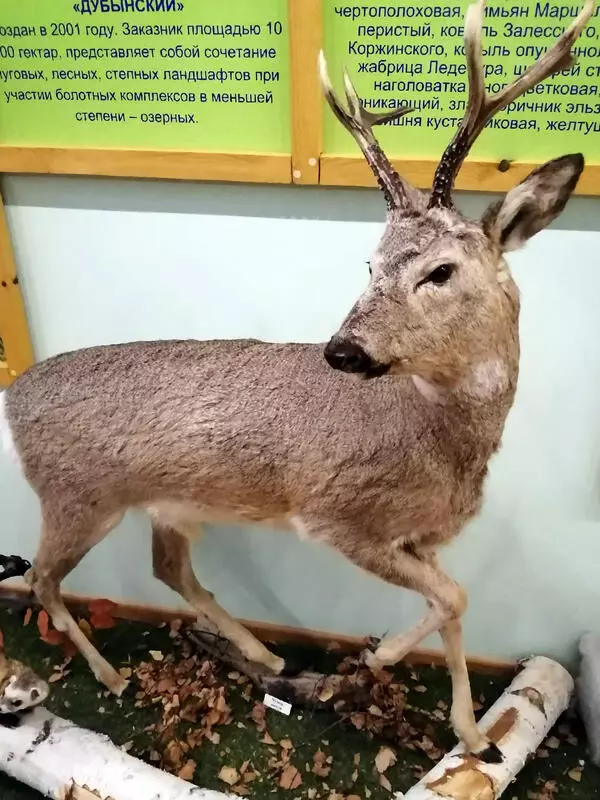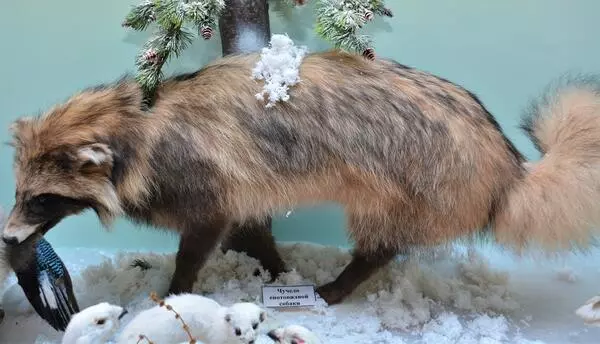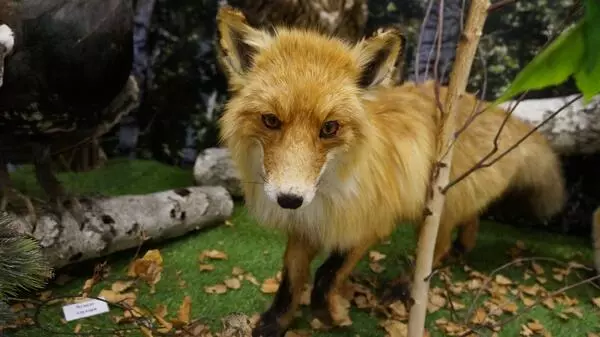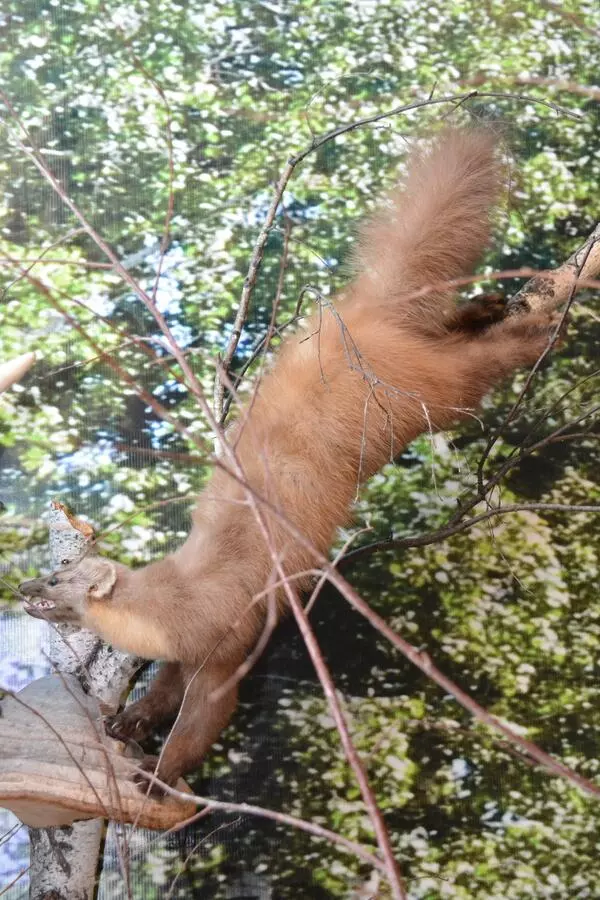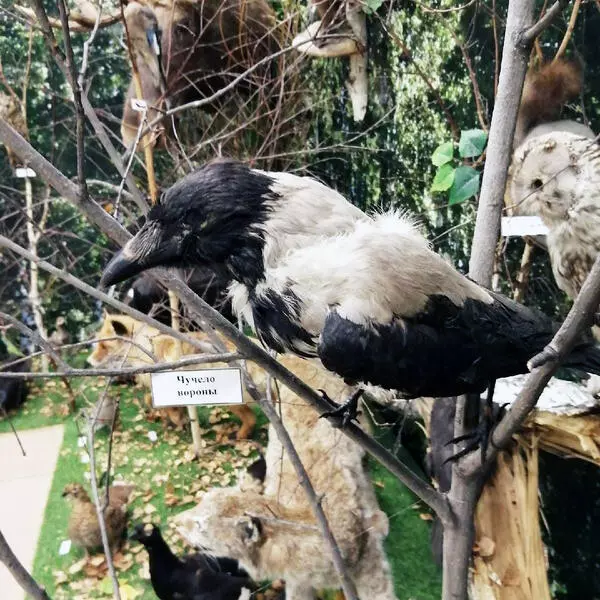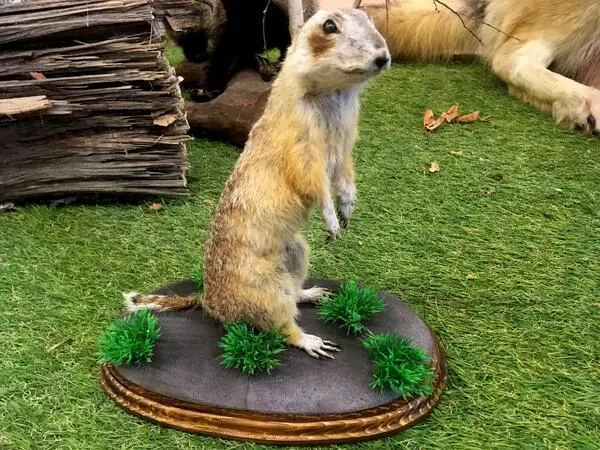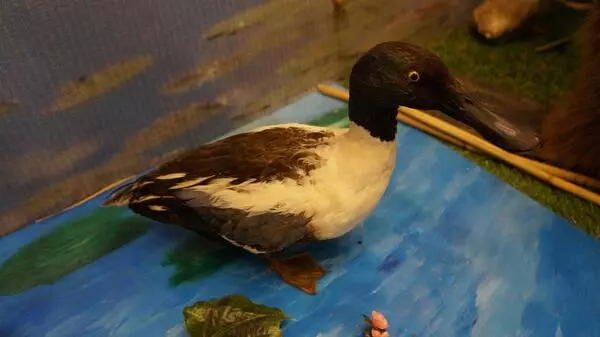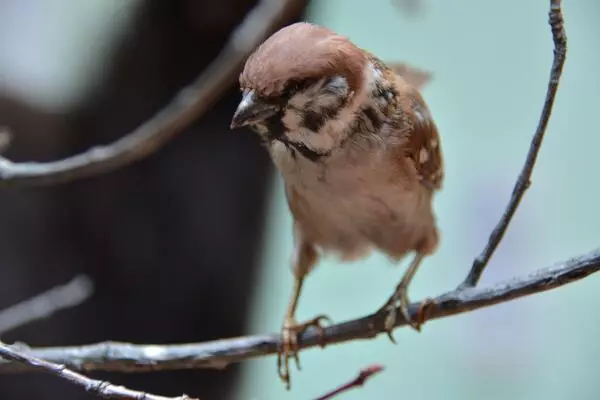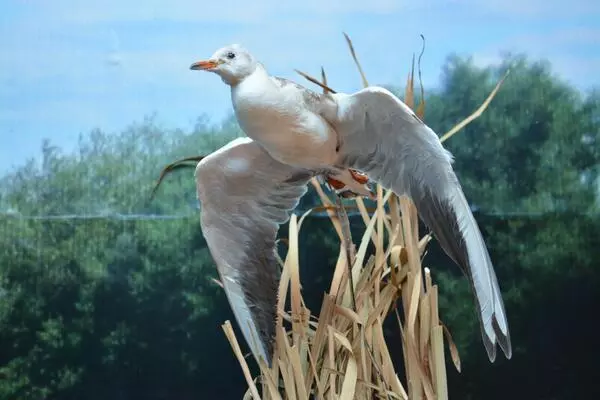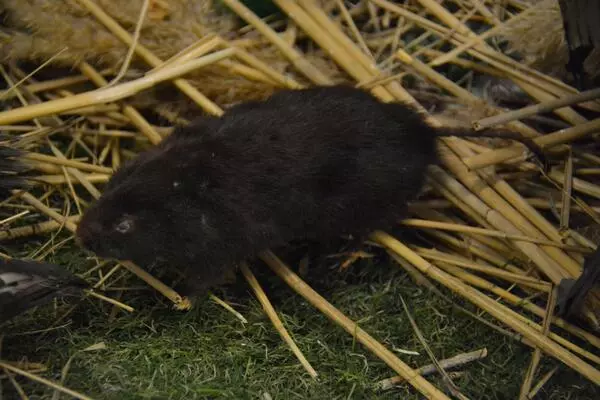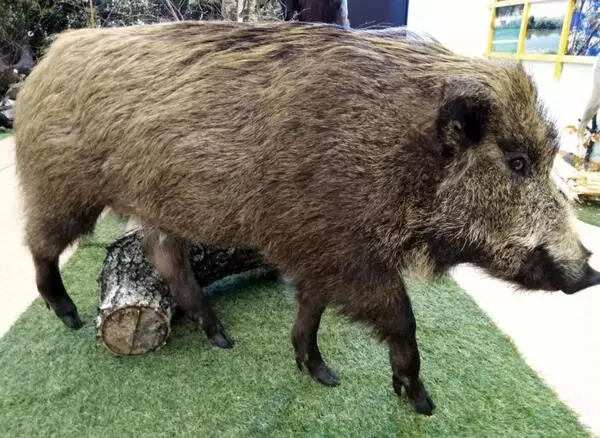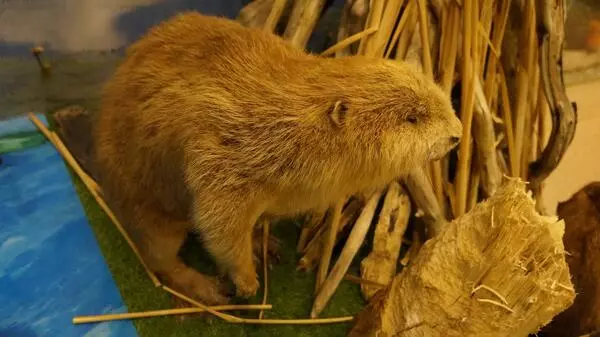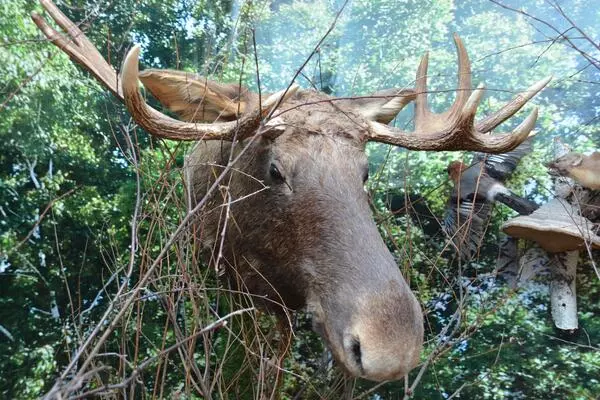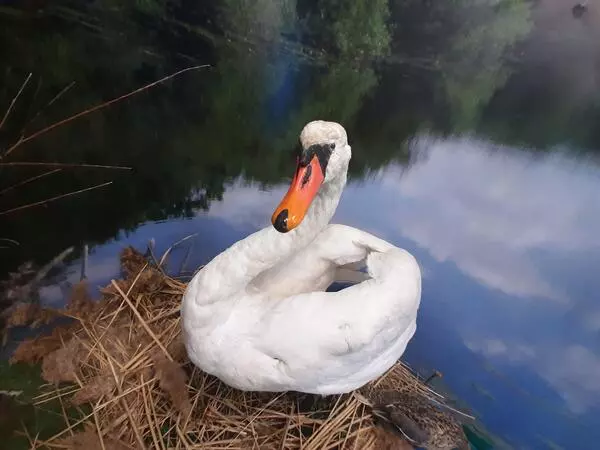The mountain hare is a mammal common in northern parts of Europe. The largest (up to 5.5 kilos) maintain hares inhabit West Siberia, while the smallest ones (up to three kilos) live in YakUtia and the Russian Far East. The mountain hare’s ears are much shorter than those of the European hare. Its tail is all-white, short, and bushy. The soles, including the toes, are covered with coarse hair. The load on one square centimeter of the mountain hare’s sole is as little as between 8.5 and 12 grams, which allows the animal to move easily even on loose snow.
As winter comes, the mountain hare puts on its total white coat. Only the tips of its ears remain black. Its summer coat can vary in color from reddish to gray. The mountain hare molts twice a year—in spring and in winter. The process is intertwined with ambient conditions. It begins as the duration of the light day changes, while its speed depends on the air temperature. Across most of the range, the summer molting begins in February or March and spans almost three months. In East Siberia and the Russian Far East, the mountain hare molts more actively, which takes it about just a month to complete. During the molting, the winter coat usually comes off in flocks. The mountain hare does not go white for winter in regions where it snows only occasionally.
The mountain hare can easily adapt to living in different conditions, including near the human. However, its population changes dramatically in size depending on the year, Sometimes, it can change a few hundred times at once. Mass diseases are the main reason for declining populations.
The mountain hare’s best-developed sense is hearing, while its eyesight and sense of smell are poor. For example, the hare can come pretty close to a human standing still, even in the open. Its only way to protect itself is its ability to run really swiftly.
Like other lEporids, the mountain hare reproduces very quick. In the Arctic, north of Yakutia, and ChukOtka, hare females can only breed once a year, but they reproduce two or three times annually across most of the hare’s range. The number of leverets in a litter depends greatly on the habitat and the female’s age and physiological condition. It varies from one to 11 but averages between four and seven. Leverets are born sighted and covered with thick fur. They become independent when they reach the age of two weeks.
As winter comes, the mountain hare puts on its total white coat. Only the tips of its ears remain black. Its summer coat can vary in color from reddish to gray. The mountain hare molts twice a year—in spring and in winter. The process is intertwined with ambient conditions. It begins as the duration of the light day changes, while its speed depends on the air temperature. Across most of the range, the summer molting begins in February or March and spans almost three months. In East Siberia and the Russian Far East, the mountain hare molts more actively, which takes it about just a month to complete. During the molting, the winter coat usually comes off in flocks. The mountain hare does not go white for winter in regions where it snows only occasionally.
The mountain hare can easily adapt to living in different conditions, including near the human. However, its population changes dramatically in size depending on the year, Sometimes, it can change a few hundred times at once. Mass diseases are the main reason for declining populations.
The mountain hare’s best-developed sense is hearing, while its eyesight and sense of smell are poor. For example, the hare can come pretty close to a human standing still, even in the open. Its only way to protect itself is its ability to run really swiftly.
Like other lEporids, the mountain hare reproduces very quick. In the Arctic, north of Yakutia, and ChukOtka, hare females can only breed once a year, but they reproduce two or three times annually across most of the hare’s range. The number of leverets in a litter depends greatly on the habitat and the female’s age and physiological condition. It varies from one to 11 but averages between four and seven. Leverets are born sighted and covered with thick fur. They become independent when they reach the age of two weeks.
